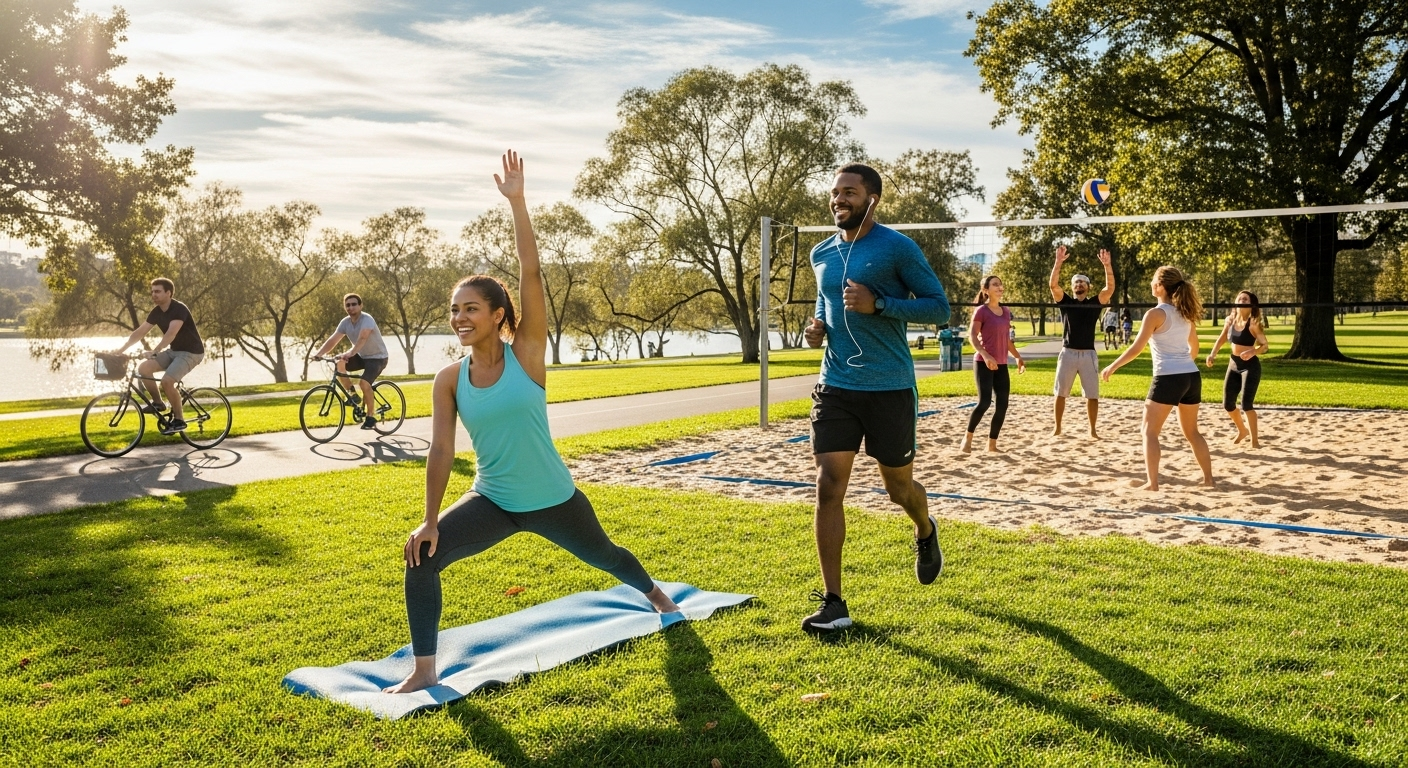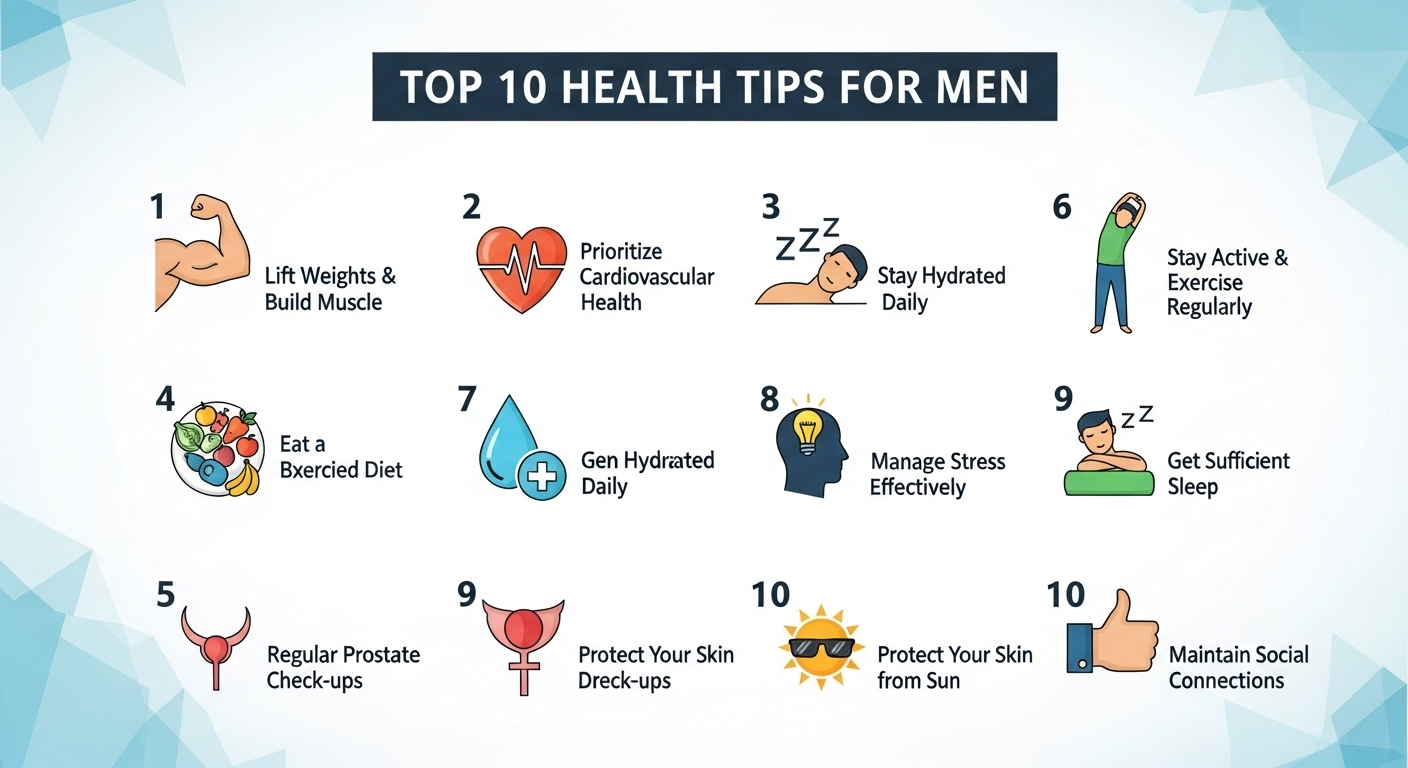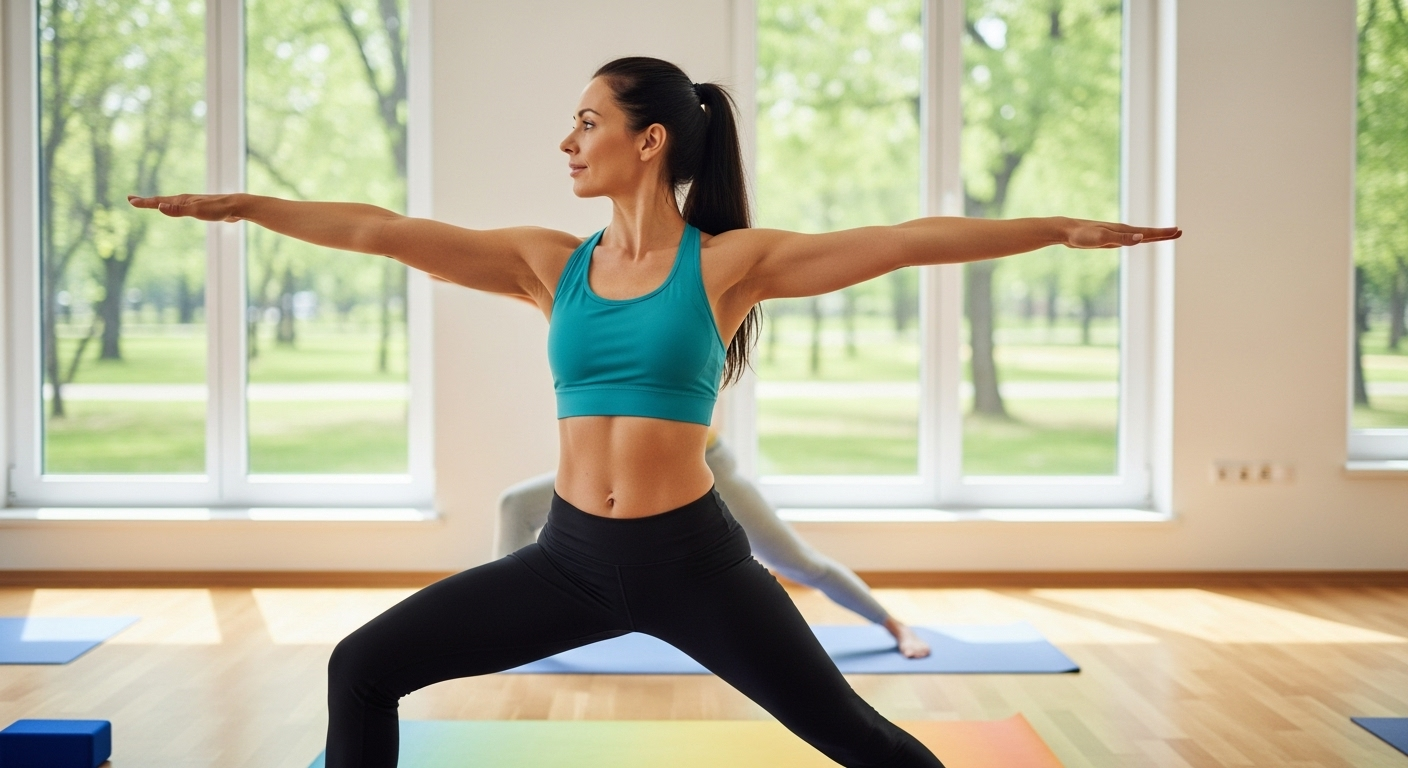
Let’s be honest with each other. We’ve all been there. You decide this is the year. You’re going to get fit. You scroll through Instagram and see people doing insane CrossFit workouts, perfect yoga headstands, or running marathons. You get a gym membership, go five times in the first week, feel incredibly sore, and then… life happens. The motivation fades. The gym card starts collecting dust.
Sound familiar? The problem isn’t you. The problem is the question we’re all asking: “What is the single best exercise?”
We’ve been conditioned to think there’s a magic workout, a secret routine that will unlock perfect health. The fitness industry loves this idea because it can keep selling us new things. But after years of trying, failing, and finally understanding my own body, I’ve realized the truth. It’s a simple truth, but it changes everything. The best exercise for a healthy life does not exist.
Let me say that again. There is no single “best” exercise. But there is a “best approach”. And that approach is all about building a body that can serve you well for the rest of your life, not just look good for the summer. It’s about consistency, not intensity.
The Holy Trinity of Movement: What Your Body Actually Needs
Forget the specific workouts for a moment. Instead, think about the three fundamental types of movement your body craves. A truly healthy and functional body needs a balanced diet of all three. If you neglect one, the whole system becomes weaker.
1. Something to Keep Your Heart Happy (Cardiovascular Health)
This is what most people think of as “exercise”. Running, cycling, swimming. Its main purpose is to strengthen the most important muscle in your body: your heart. Think of your heart as the engine of your car. A strong engine runs more efficiently and lasts longer. A healthy heart pumps blood more effectively, lowers your blood pressure, and gives you that precious thing we all want more of: stamina.
But here’s the secret. You don’t need to run a marathon. The best cardio is often the simplest. Brisk walking. Not a slow stroll, but a walk where you can still talk but your breathing is noticeably faster. Dancing around your living room to your favorite music. Taking the stairs instead of the lift. Playing a sport you enjoy. The goal isn’t punishment; it’s finding a rhythm that elevates your heart rate and that you can sustain for at least 20-30 minutes, most days of the week.
2. Something to Keep You Strong (Strength Training)
This is the part that many people, especially women, tend to skip, and it is arguably the most important for long-term health. As we age, we naturally lose muscle mass. It’s a process called sarcopenia. Less muscle means a slower metabolism, weaker bones, and a higher risk of injury. Strength training is the ultimate anti-aging tool. It builds a strong frame for your body.
This does not mean you have to look like a bodybuilder. Not at all. Strength training can be as simple as using your own bodyweight. Squats, push-ups, lunges. It can mean carrying your own groceries instead of taking the cart to your car. It can mean lifting a pair of light dumbbells while watching TV. It’s about putting your muscles under a little more stress than they’re used to. This is what tells them to stay strong and stick around.
3. Something to Keep You Supple (Mobility and Flexibility)
What’s the point of having a strong engine and a solid frame if the suspension is shot? You’ll feel every bump in the road. That’s what mobility and flexibility are. They are your body’s suspension system. This is what allows you to bend down and tie your shoes without groaning, to reach for something on a high shelf without pulling a muscle, and to get up off the floor with ease. It’s about maintaining your range of motion.
And it doesn’t have to be a full hour of yoga, although that’s a fantastic option. It can be five minutes of simple stretches when you wake up in the morning. A few gentle twists at your desk during the day. Focusing on how you move is a key part of personal development, a journey you can learn more about at Liittle Wonder. This is what keeps your body feeling young, even as the years go by.
Okay, So How Do I Actually Put This All Together?
The key is to find activities you genuinely enjoy that touch on these three areas. Don’t force yourself to run if you hate running. Maybe you love to swim. That’s great for your heart. Don’t enjoy the gym? Maybe you’d love a weekly dance class, or gardening, which is a surprising form of strength training.
Find what brings you joy. This is the only secret that matters. A thirty-minute walk you take every single day is infinitely better than the one-hour high-intensity workout you do once and then quit for a month. A sentiment echoed in health reporting by major outlets like NDTV Health is that sustainability is key.
Start small. Start today. And listen to your body. It knows what it needs. True wellness is a lifelong conversation with yourself. Why not continue that conversation by exploring more ways to grow on sites like this one?
FAQs: The Real Questions People Want Answered
Honestly, how much exercise do I really need per week?
Most health organizations recommend about 150 minutes of moderate-intensity cardio and two sessions of strength training per week. But don’t get hung up on the number. If you’re starting from zero, just 10-15 minutes of walking a day is a huge victory. The goal is to build a habit first. The duration will follow.
What if I have an injury or a health condition?
This is where it is absolutely essential to talk to a professional, like a doctor or a physical therapist. They can give you personalized advice on which exercises are safe for you and which you should avoid. Never try to push through real pain.
Do I need to change my diet as well?
Yes. We can’t talk about a healthy life without talking about food. You simply cannot out-exercise a bad diet. Eating a balanced diet rich in whole foods is just as, if not more, important than any exercise routine. The two work together as a team.
I have no motivation at all. How do I start?
Use the “two-minute rule.” Tell yourself you will just put on your walking shoes and walk for two minutes. That’s it. More often than not, once you start, you’ll feel like doing a bit more. The hardest part is always starting. So make the start as ridiculously easy as possible.




